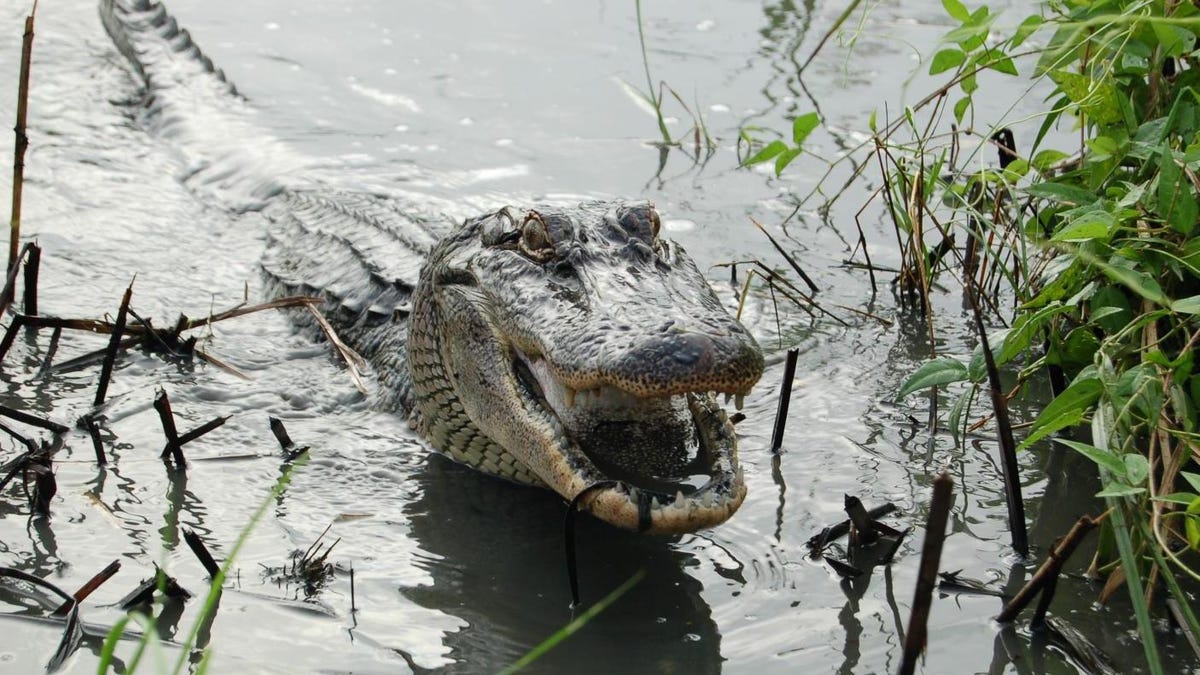Scientists discover the surprising way young alligators regrow missing tails
It's a lizard-like ability, but alligators go about it a little differently.
Everyone knows the fascinating story of lizards, how they can lose a tail to a predator, escape and then grow back a new one later. It's not just lizards that can perform this biological magic trick. Juvenile alligators appear to have the ability to partially regrow lost tails.
Biologists with Louisiana Department of Wildlife and Fisheries (LDWF) spotted alligators in the wild that looked like they were regrowing missing tails, but the details had remained mysterious. A study published in the journal Scientific Reports this month answers some questions about what's going on back there and confirms that young alligators have a remarkable capacity for regeneration.
Researchers with LDWF and Arizona State University (ASU) "have uncovered that young alligators have the ability to regrow their tails up to three-quarters of a foot, or 18% of their total body length," according to an ASU statement on Monday.
A combination of imaging and anatomical studies has given us a look at what is happening in the tails.
This infographic shows how the regrown tail differs from the original. A tube of cartilage (in yellow) replaces the missing bone.
"What makes the alligator interesting, apart from its size, is that the regrown tail exhibits signs of both regeneration and wound healing within the same structure," said lead author Cindy Xu, who is now a postdoc studying tendon regeneration at Massachusetts General Hospital.
Xu said the team was surprised to find scar-like connective tissue rather than muscle in the regrown tails. She tweeted a look at one of the tails in question, which looks quite different from an original tail.
Regrown tails are visibly identified by scale coloration, dense scale patterning, and lack of dorsal scutes. pic.twitter.com/adFdXs6rIY
— Cindy Xu (@xucindy) November 19, 2020
The tale of alligator tails leads to some questions that go deep into history, back to the dinosaur ancestors of birds and alligators. "Our finding that alligators have retained the cellular machinery to regrow complex tails while birds have lost that ability raises the question of when during evolution this ability was lost," said co-author Kenro Kusumi of ASU.
It's not just the distant past this study ties into. Understanding how alligators regenerate their tails could have implications for the medical field. Said ASU, "The researchers hope their findings will help lead to discoveries of new therapeutic approaches to repairing injuries and treating diseases such as arthritis."


